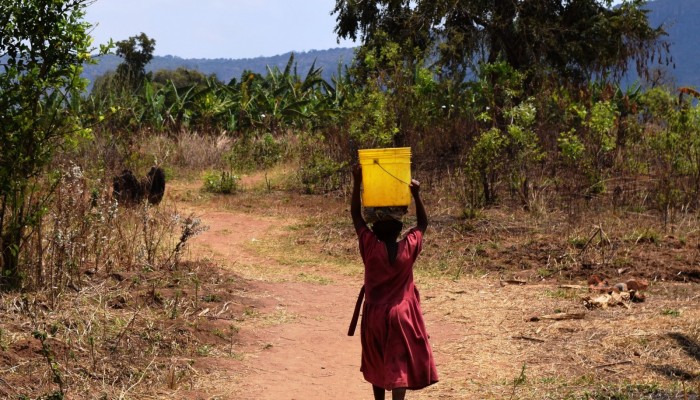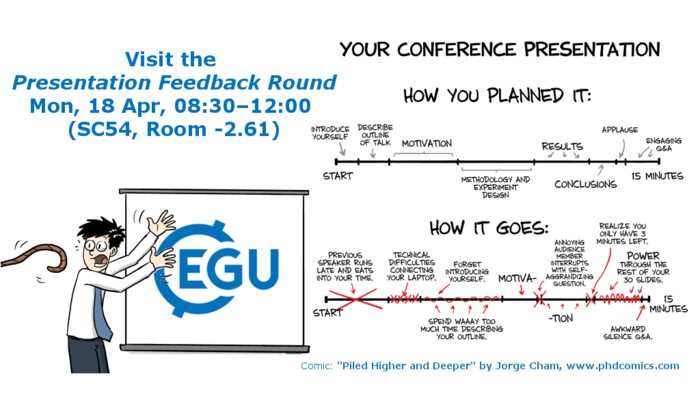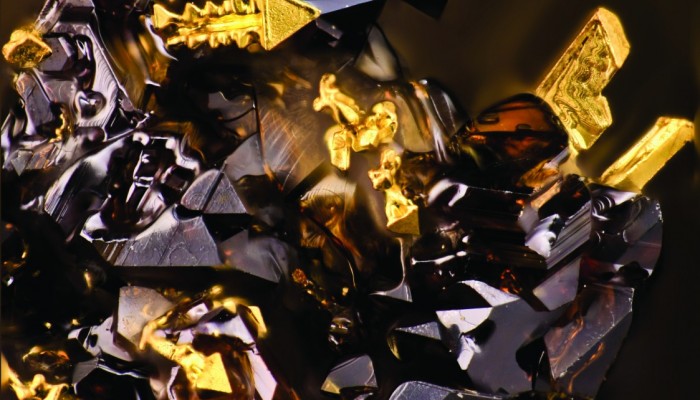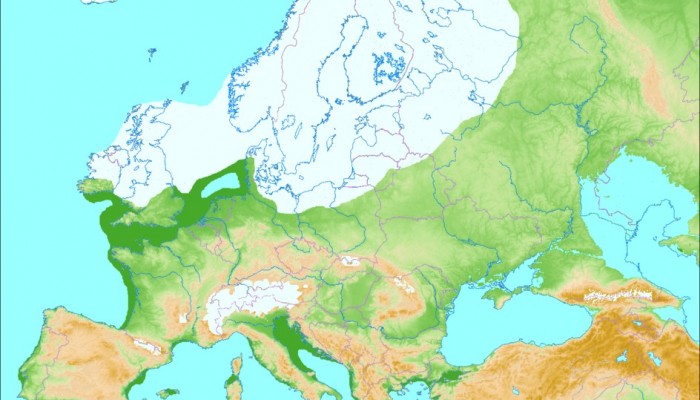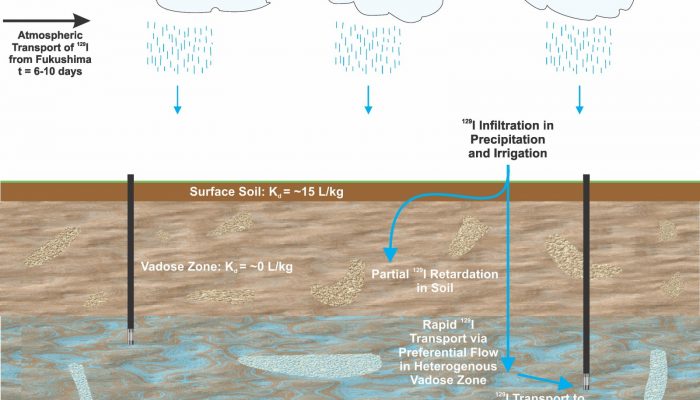Christopher Barry is a doctoral researcher at the University of Birmingham. He has written for the GfGD Blog in the past – detailing his contribution to water projects in Burkina Faso and fundraising efforts to support such work. We have recently added a briefing note to our website, written by Christopher, describing the role of climate change on global groundwater resources. You can access ...[Read More]
If you didn't find what you was looking for try searching again.
Seismology
Great achievements of Adam M. Dziewonski
Through the IRIS community some sad news reached us today: Adam M. Dziewonski, Professor Emeritus at Harvard University, passed away 1st of March 2016. Dziewonski, a Polish-American geophysicist, was a GIANT in seismology. Among others, we owe him the first direct proof of the solidity of the inner core, and the Primary Reference Earth Model (PREM), which he built with Don Anderson, also recently ...[Read More]
Geodesy
Your scientific talk: mental breakdown or conference highlight?
After last years success, we’re again organizing a short course on presentation techniques. EGU GA 2016 participants who are interested in rehearsing their talk and getting feedback can sign up of for a rehearsal here (deadline 31 March 2016). Of course we welcome and encourage contributions from all divisions. You can feel it coming, sometimes it kicks in days before your talk, at other tim ...[Read More]
GeoSphere
Photo of the Week #51
I’m getting back in the bog saddle. After a brief hiatus as I was adjusting to the life of a real, productive member of the PGS (post grad school) world I am good to go for blogging again. Enjoy the photo of the week! The text that follows is a technical description of the photo by the photographer, Dmitry Tonkacheev. Presented intergrowths of the infinite number of dark-brown sphaleriteR ...[Read More]
Geology for Global Development
The Impacts of Climate Change on Global Groundwater Resources (Part 2 of 4)
Christopher Barry is a doctoral researcher at the University of Birmingham. He has written for the GfGD Blog in the past – detailing his contribution to water projects in Burkina Faso and fundraising efforts to support such work. We have recently added a briefing note to our website, written by Christopher, describing the role of climate change on global groundwater resources. You can access ...[Read More]
Cryospheric Sciences
Image of the Week — Last Glacial Maximum in Europe
During the last ice age*, ~70,000 to 20,000 years ago, the climate was much colder in Europe. As a result, the northern part of Europe was fully covered by the Fennoscandian (a.k.a the Scandinavian ) ice sheet, which extended up to the British Isles and some parts of Poland and Germany. In central Europe, the Alps were also almost fully glaciated. The storage of all this ice on the continent lower ...[Read More]
Geomorphology
More than meets the “I”: The Retirement of a Mentor – Young Scientists and Their Inheritance
In preparation for the laudation of her retiring mentor – Professor Richard Dikau – Katharina Eibisch from the University of Bonn (Germany) thought about some life lessons she learned throughout her first year as a young researcher. – written by Katharina Eibisch, University of Bonn – We as Geomorphologists are not only concerned with the shape of a form but also with its materia ...[Read More]
Geology for Global Development
The Impacts of Climate Change on Global Groundwater Resources (Part 1 of 4)
Christopher Barry is a doctoral researcher at the University of Birmingham. He has written for the GfGD Blog in the past – detailing his contribution to water projects in Burkina Faso and fundraising efforts to support such work. We have recently added a briefing note to our website, written by Christopher, describing the role of climate change on global groundwater resources. You can access ...[Read More]
WaterUnderground
Tracking the Fallout and Fate of Fukushima Iodine-129 in Rain and Groundwater
This post is written by Matt Herod, and reposted here with permission… A recently published paper (by myself and colleagues from uOttawa and Environment Canada) investigates the environmental fate of the long lived radioisotope of iodine, 129I, which was released by the Fukushima-Daichii Nuclear Accident (FDNA). Within 6 days of the FDNA 129I concentrations in Vancouver precipitation increas ...[Read More]
Seismology
Article submission and resubmission
Guest writer Kathrin Spieker is back with her thoughts and experience about how to improve writing skills specifically aimed for publishing in scientific journals. This post is part of a series. Kathrin is a young seismologist who has recently started publishing her own research as part of her PhD study. In a previous post (The publication circle) we had a closer look at the writing process, which ...[Read More]

